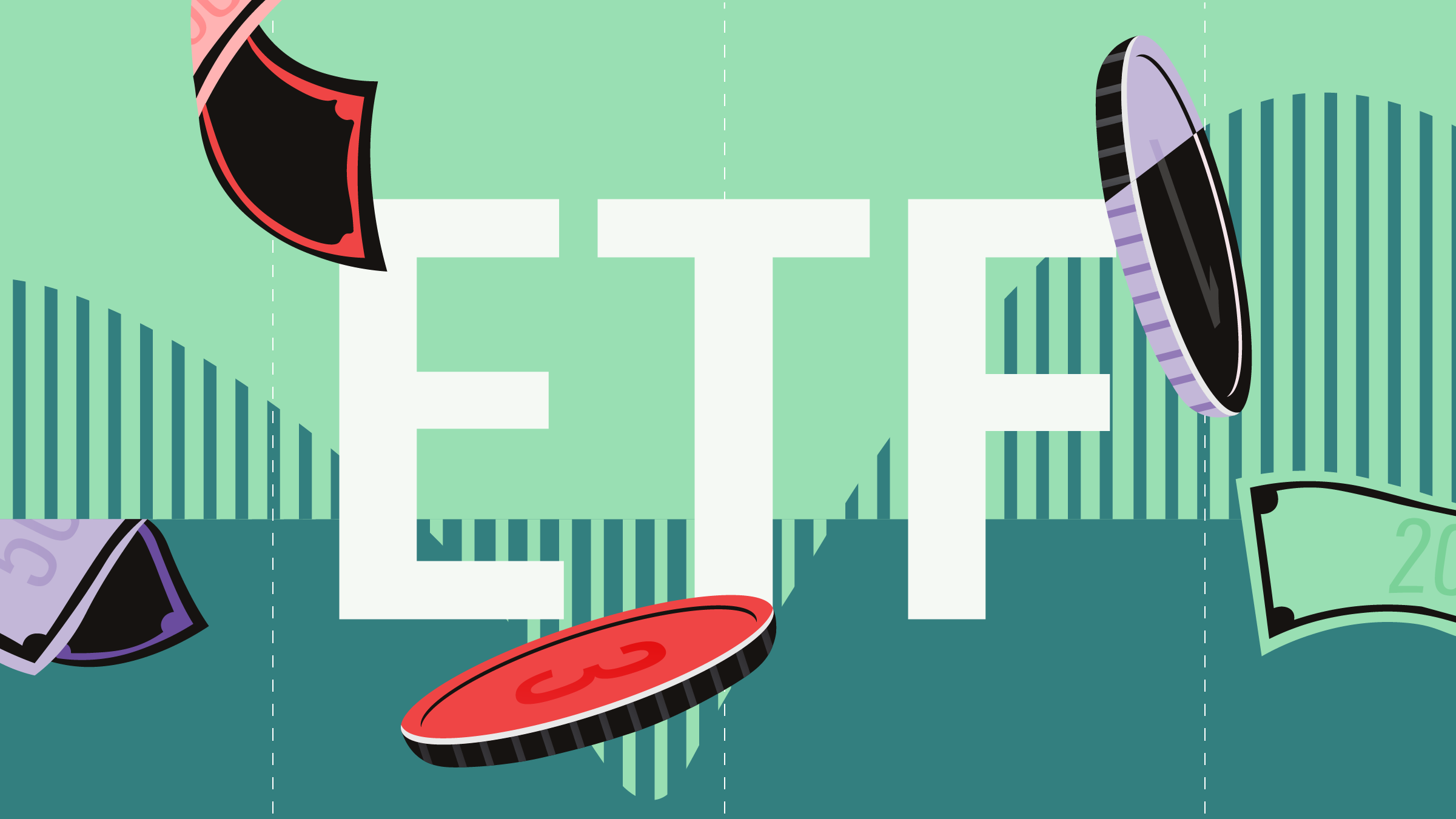
Last month, Sarah Newcomb raised some points regarding the role that benchmarks, especially broad market indexes, should play in long-term investing. In this article, I’d like to comment on some of her points to bring more clarity to this important subject.
Why multi-asset portfolios need indexes
Portfolios designed to meet long-term investment goals, such as retirement, are almost always composed of multiple asset classes. In order to understand the long-term behaviour of each asset separately and together in a portfolio, we must use a set of asset class indexes, each index representing an asset class.
Second, asset class indexes must match the asset classes that they are used to represent. If the asset class is a particular slice of the market, such as small-cap Canadian stocks, the index should represent that slice of the market. Only when an asset class is a broad market, should a broad asset class index be used to represent it.
How to benchmark
The right benchmark depends on what is being benchmarked. Since an index fund tracks a given index, there is not that much need to benchmark it, except to verify that it is working as expected and has low fees.
For an actively managed fund, benchmarking verifies that the fund is tracking the index it claims to, measures how well it does against that index, and measures how much risk active management is adding to risk relative to the index.
Benchmarking a multi-asset class portfolio by a single asset class index, such as a broad market index, makes no sense.
When attempting to benchmark an entire multi-asset class portfolio, the correct method would be to benchmark against the multi-asset class portfolio of asset class indexes created based on the allocations to individual asset classes.
For example, if your portfolio holds 40% in Canadian large-cap stocks, 10% in U.S. large-cap stocks, 20% in international equities, and 30% in investment-grade Canadian bonds, an appropriate benchmark would be a portfolio that consists of 40% in a Canadian large-cap index, 10% in a U.S. large-cap index, 20% in an international equity index, and 30% in a broad Canadian investment-grade bond index.
Benchmarking, done appropriately, should not be a matter of short-term performance. In any given year, a skilled manager could underperform the index and an unskilled manager could outperform the index. Furthermore, performance history alone is not enough. Additional analysis, such as what goes into Morningstar Quantitative Ratings for funds, is needed.
Diversification is not the same as controlling risk
Diversification is a common but poorly understood investment term. In the context of creating multi-asset class portfolios, diversification is blending different asset classes together into a portfolio to control risk.
In the context of portfolios of actively managed funds and of portfolios of individual securities, the concept of diversification is based on the distinction between systematic and unsystematic risk. A portfolio’s systematic risk is due to its exposure to market-wide factors, often represented by asset class indexes. Unsystematic risk is due to fund-specific or security-specific factors. In this context, diversification is combining funds or securities in a portfolio to reduce unsystematic risk. A portfolio made up entirely of index funds would have no unsystematic risk, but still has the systematic risk of the asset class portfolio.
Take the example of a portfolio that is 100% in a broad stock market index fund. This portfolio is fully diversified with respect to the stock market it tracks. When the market goes up, you get the full return on the market and when the market goes down, you lose the full return of the market. Now consider a portfolio that is 50% in the broad market index, and 50% in cash. When the market goes up, you get half the return of the market, and when the market falls, you lose half the return of the market. But with respect to the stock market, this portfolio has the same diversification as the first one, but with half of the risk.
If you use actively managed funds or you're managing your own portfolios of individual securities, you are taking on unsystematic risk in the hope of outperforming some set of indexes. (You are also taking on the systemic risk of your asset class exposure.) The only way to measure how well investing this way works and how much unsystematic risk you are taking is to use indexes to benchmark your portfolios. This doesn’t make you a short-term investor but does mean that you must be able to benchmark as a long-term investor.
Benchmarking need not conflict with tracking progress towards your goals
The purpose of your investments is to meet your financial goals. As far as your goals are concerned, you should see that your investments are on track to allowing you to reach those goals. For example, seeing if you are on track to have enough money to retire. You don’t need index-based benchmarks for that. But at the same time, you also need to understand what is happening with your investments and you need benchmarks for that. And as I stated earlier, you need asset-class indexes to construct your portfolio in the first place.
When you lose money matters
The long-term impact of losing a lot of money in the market depends on when it occurs. For example, when you are just beginning to save for retirement, you have only accumulated a small amount of money. Since you will be saving for retirement for many years to come, a market crash early on will have little impact on your ability to reach your retirement goal. But if you lose a lot of money just before retiring, you will have little time to make up for the loss.
Similarly, if you lose a lot of money at the beginning of your retirement, you probably will not be able to make up for it. But if the market crashes towards the end of your retirement, it will have little impact. Hence, the level of market risk needs to be adjusted over the course of investing for long-run goals.
Of course, in order to understand the risks of market crashes and how well a multi-asset class portfolio can mitigate them, we need to study the indexes that represent the asset classes to see how they behave in the long run.
The bottom line
Asset-class indexes are essential in constructing portfolios to meet long-term goals, both to set the right level of asset class risk over time and to track actively managed portfolios used to obtain the desired asset-class exposure. At the same time, goal-oriented portfolios need to be tracked against appropriate goal-based measures. Both forms of tracking should be done with a long-term view.



















